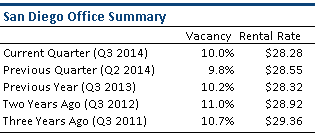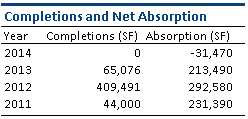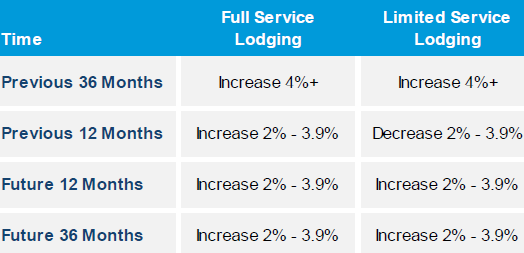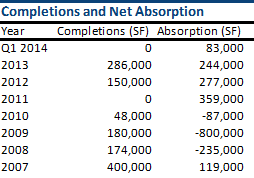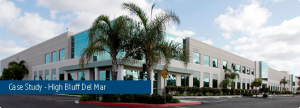Research clearly outlines the large number of compelling benefits gleaned from building green. The upfront cost of green construction can be higher than that of traditional architecture but the long-term savings far and away make up for the uptick in initial spending.
As part of the green planning process, investing in the right energy efficient HVAC units is essential. Landscaping that incorporates smart water use is equally important. But another key direction green building operators should look is up – to the roof.
Sustainable roofing saves money and it can also become a space with the ability to produce profit. Green building initiatives done right include a roofing trifecta that saves energy, generates energy and sustains energy. It’s a winning lineup any way you look at it.
So let’s study the roof.
Summertime is a great time to step outside, look up and consider roofing options for your building. In most climes – including California – soaring summer temperatures can have a negative effect on your commercial building’s operating expenses. But this season of less rain and minimal wind also makes it the best time to go green from the top.
The obvious first step in this ‘smart’ process is to schedule the rooftop reconstruction during a time when fewer employees are on site, working closely with the building’s property management to align calendars.
Next step – consider three key factors: roof color, roof type and roof ROI.
First let’s talk about color, because choosing the right color can result in significant on-going savings. Traditionally, standard commercial properties rooftops are black or dark-colored and often contain asphalt or tar. This type of composition contributes to elevated energy use, poor overall air quality, and increased heat-related illnesses for the occupants.
The better roof composite option is a white or “cool” roof. Cool roofs use reflective materials that draw the best from the sun’s rays, not the worst. The temperature of white roofs can be an astounding 50-60 degrees Fahrenheit cooler than their black counterparts, making them more economical, more cost-efficient and healthier for the building’s occupants.
Another growing green roofing trend is – a growing green roof covered in plants and vegetation. The truth is that this roof type has been around for centuries and, like all good ideas, is just coming back around again. When you create a literally green roof on your commercial building, you are doing your bit to restore natural balance in an urban setting. You can use hundreds of different plant varieties on your roof (numerous grasses, succulents, trees, shrubs, sedums and even wildflowers) based on roof type, size and slope. Make sure you use a roofing company and landscape architectural firm that practices in this specialized landscaping and who will lead you through from concept, design, installation, and all the way to – and through – maintenance.
Vegetation-full roofs benefit the environment and the building’s residents in many ways by:
- insulating structures by keeping the heat in during the colder months and the heat out during the warmer months
- eliminating CO2 from the air and releasing oxygen
- managing storm water runoff by preserving rainwater
- greatly reducing the expanse of heat that is soaked up from the sun and then released by buildings back into the environment (called the “urban heat island effect”)
- helping a building to blend into the landscape around it
- boosting biodiversity within the urban environment
Cooler yet – some growing roofs cultivate edible vegetation. The Bastille restaurant in Seattle’s Ballard neighborhood grows organic greens on its rooftop. These veggies are then used for salads and sides in the restaurant. This is a very clear example of the direct economic value that some rooftops can have on businesses. And who knows – maybe employees in office buildings may enjoy a rooftop garden in many ways as well.
While white rooftops and green rooftops are both good environmental choices, green rooftops cost a bit more due to the higher installation and maintenance costs. And in intense heat – desert climates – commercial property roofs may not be the best place to grow vegetation. In those super sunny environments, reflective white rooftops are a significantly better option.
In addition to climate and location, another factor that should covered in your roofing decision is the sheer expanse of the roof. Larger spaces will naturally be more expensive to build.
Planning before any capital improvement is key to ensure that costs are budgeted and the most qualified vendors are utilized. Commercial property managers are adept at working with the building owner, tenants, and vendors, and can manage tight timelines while staying within budget. Kevin Tagle, Vice President of Meissner Jacquet Commercial Real Estate Services, says that three major areas of importance are “Adding Value, Negotiating Expertise, and Organization.” Tagle highlights that in order to properly manage an improvement, “you must be knowledgeable in building products, costs and techniques, have the ability to expertly negotiate contracts, and exhibit superb organizational and analytical skills.”
Often the best rooftop choices are ones that include both growing green and reflective white elements, making them “multi-colored.” These roofs give the best of both back. They contribute the benefits of vegetation – bringing valued oxygen back into the building environment – and reflected sunlight – directly off-setting climate change.
At the end of the day, though, the type of roof commercial real estate owners, developers or commercial property management firms install depends on that organization’s priorities. Any good commercial real estate professional is interested in a positive ROI and wants to make the best economic decision possible. Sometimes that budget-conscious decision has no room for environmental considerations. Yet most researchers agree it is important for the environment to begin phasing out black roofing as soon as possible. The burgeoning concerns with environmental conditions are driving both users and installers in this direction.
Who would have thought the top of your building could contribute so much to your bottom line?
Sources:
NAIOP
Meissner Jacquet Commercial Real Estate Services
